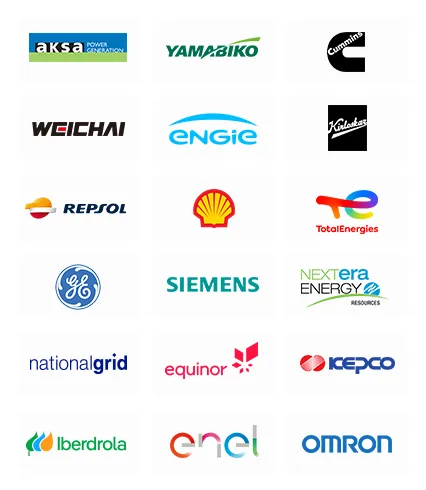Fuel Cell Market Future Prospects
The global fuel cell market will generate revenue of USD 5,198.7 million in 2024, and it is projected to expand at a rate of 28.8% from 2024 to 2030, reaching USD 23,743.4 million by 2030. Major factors driving the industry include the stimulus packages and economic benefits to boost green technology infrastructure, rising carbon emissions from power stations and industries, and low total cost of ownership of hydrogen fuel cell vehicles. Benefits of the fuel cell technology include low-to-zero emissions, high efficiency, reliability, fuel flexibility, energy security, durability, scalability, and quiet operation.
The market growth rate is expected to surge in the coming years as fuel cell technology is developed further and commercialized on different vehicle platforms, such as heavy-duty trucks, buses, and light-duty passenger vehicles. Fuel-cell-powered material handling and logistics equipment is being deployed in warehouses and distribution centers. The application of this technology is also expanding to ports and airports, to help increase equipment productivity and energy efficiency.
Governing bodies of several countries across the globe are making long-term policies regarding low carbon emissions, such as promoting low-carbon hydrogen generation, primarily to meet the objectives agreed upon under the Paris Agreement. Such national and international initiatives include the European Commission Climate-Neutral Strategy for 2050, UK Climate Change Act, Japan’s Basic Hydrogen Strategy, China’s ecological civilization commitment, and The Netherlands Climate Law and Agreement. All these factors are encouraging the move toward renewable energy resources, such as fuel cells.



